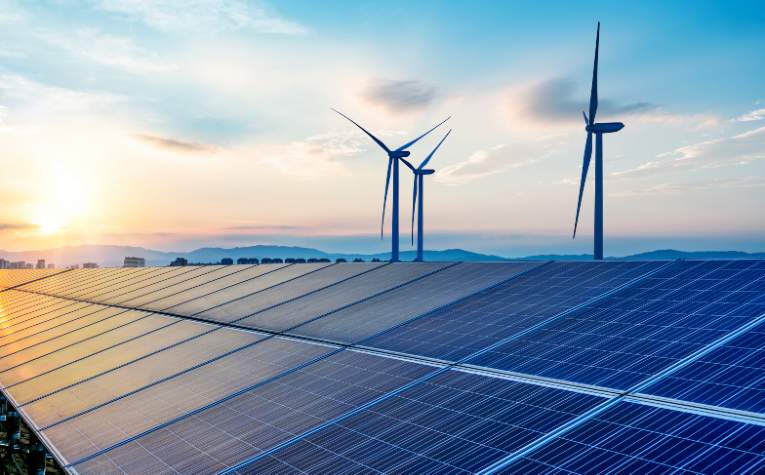In the evolving world of real estate, sustainability has become a fundamental driver, influencing both investors and occupiers alike. Moving into 2024, the industry will be required to work harder towards a more environmentally conscious and resilient future. Beyond the ethical considerations, sustainable practices have tangible financial benefits for both investors and occupiers.
Occupiers are prioritising green features in their real estate choices by increasingly demanding buildings that are energy and water efficient, and have a low carbon footprint. This is being driven by a number of factors, including rising energy costs and a growing awareness of the health benefits of green buildings. In offices, the definition of Grade A buildings has evolved to include only those that meet these criteria; take-up of this type of space has increased from 75 to 84 per cent on average across London, New York and Singapore.
For investors, the growing demand for sustainable buildings translates into enhanced values. For instance, in the Netherlands, a shortage of high quality offices has driven rental prices up by 5 to 17 per cent, compared to 3 to 7 per cent for lower-performing stock. Currently, only 4 per cent of the country’s commercial space achieves a BREEAM rating of Very Good, Excellent, or Outstanding, highlighting the scarcity of sustainable options.
Earlier this month, COP28 outlined several themes that directly impact real estate, including accelerating the energy transition, the creation of stable and resilient communities, and the financing of net zero transitions. These can serve as a guiding framework for the industry's sustainable evolution and future focus areas.
In 2024, sustainable building practices will take centre stage, reflecting COP28's emphasis on decarbonisation and refurbishment over new development, exemplified by the Buildings Breakthrough’s global push for near-zero emission and resilient buildings by 2030. The share of office refurbishments is already set to increase in London’s West End from 35 per cent pre-pandemic (the 10-year average) to 43 per cent between 2023-2027 and in Paris’s IDF from 40 to 48 per cent, reflecting landlord response to more stringent environmental regulations and an effort to decarbonise their portfolios.
Decarbonisation of the industry will also be led by new regulations in some jurisdictions. This is going to lead to the integration of renewable energy sources becoming standard, more green certifications such as LEED and BREEAM, and the use of sustainable and low-emitting building materials, and sustainably harvested wood becoming increasingly common.
At a city level, we expect a wider adoption of smart technologies which improve the efficiency and sustainability of infrastructure. Real estate developments will play a pivotal role in smart city initiatives, contributing to liveable, inclusive and resilient urban environments. Moreover, green and blue infrastructure will be prioritised, responding to climate change implications on people’s health and wellbeing.
Social value will be another driving force, with real estate companies focusing on affordable housing development, community engagement, and diversity and inclusion programs. The recognition of the social impact of real estate underscores a broader commitment to healthier communities and tenant well-being.
Finally, we expect renewable energy infrastructure investment to gain further momentum, with resources channelled into solar panels, wind turbines, and other sustainable practices. This aligns with COP28's call to mobilise public and private finance for climate action, creating a more sustainable energy landscape.
Sustainability will be a key real estate priority in 2024, driving decisions and actions at every level. The sector can be a catalyst for positive change, aligning with the global aspirations outlined at COP28, including the agreement to ‘transition away’ from fossil fuel use. As investors and occupiers prioritize sustainable practices, the industry can contribute significantly to a more environmentally conscious, human-centric and resilient future.
Further information
Contact Eri Mitsostergiou
.jpg)
-(1)(1)(1).jpg)

.jpg)


.jpg)

